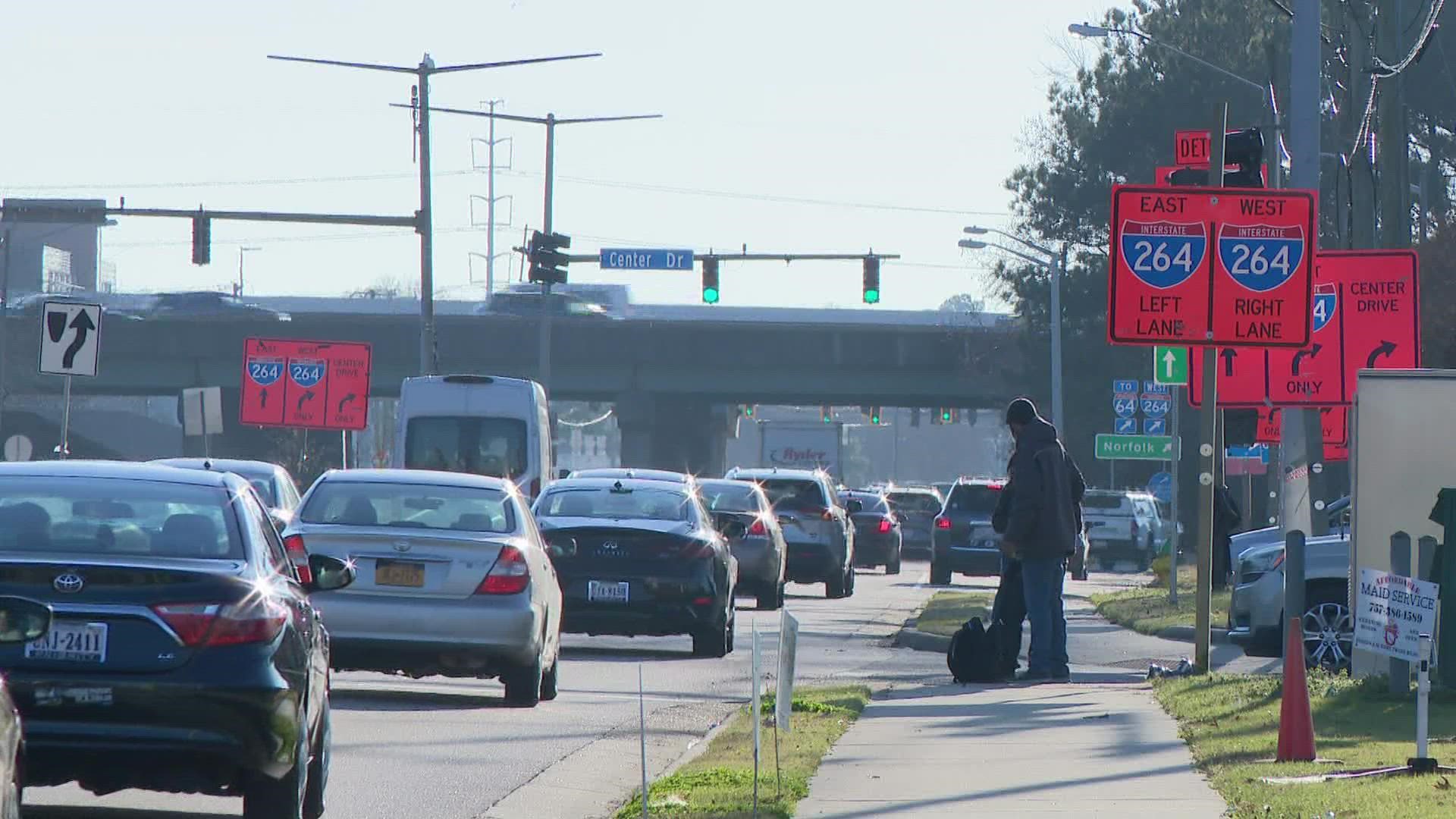NORFOLK, Va. — Author's note: The video above is on file from a story on life expectancies across the region that aired on Feb. 24, 2022.
Newly released numbers from the Centers for Disease Control and Prevention are highlighting a change in average life expectancy for U.S. adults.
In a recent report from the National Center for Health Statistics, the average life expectancy age at birth across all races and genders for 2021 was 76.1 years.
This is a drop of nearly three years in total, compared to 78.8 years in 2019.
In fact, the average expectancy age is the lowest its been since 1996.
Health researchers say that this is one of the largest indicators of the impact that the COVID-19 pandemic has had on communities across the country.
Let's take a deeper dive into what some of these numbers mean.
Here in Hampton Roads
Across the region, some of our healthiest cities border some of our least. 13News Now discovered a 20-year gap in life expectancies in our region back in February.
In Virginia Beach, the most recently provided life expectancy is 81. In Chesapeake, it’s 79. Both of these cities are above the national average.
But other cities are lagging behind.
Williamsburg has the longest life expectancy in Greater Hampton Roads at 88 years. But the average age drops to 81 in neighboring James City County. The average life span falls even more in Newport News and Hampton, which both have a life expectancy of 77 years.
On the Southside, the life expectancy in Norfolk is just 75. Across the river in Portsmouth, it drops to 74, which is the lowest of the Seven Cities.
An expert with the VCU Center on Society and Health cites income, poverty and education as the three big factors impacting life expectancy.
Men vs. Women
Women in the U.S. who were born in 2021 still have a higher expectancy than men, with 79.1 and 73.2 years, respectively.
That's a difference of nearly six years.
Throughout the years, there have been numerous studies that have looked into why women outlive men on average.
Researchers are starting to notice that there is a correlation between levels of estrogen, the female sex hormone, and lower circulation of cholesterol throughout the bloodstream.
Too much cholesterol can lead to negative impacts on your heart, which is why we see higher rates of death from heart attacks or strokes in men.
Women are also thought to have better-functioning immune systems.
It also comes down to structure -- women tend to be smaller than men, and we know that larger species observed in nature tend to die earlier due to strenuous factors as a result.
There are also additional factors to consider that truly vary on a case-by-case basis, like lifestyle choices and access to proper nutrition and healthcare.
Race
All of these new numbers continue to highlight racial disparities, with Black and American Indian men now having the lowest expectancy rates in the 60s.
In fact, American Indian men have the lowest expectancy of all, coming in at 61.5 years on average.
Between 2020 and 2021, the largest drop in the total U.S. population, 1.9 years, happened among American Indian and Alaskan natives.
Research is looking into why this rate is dropping -- currently, the main causes are thought to be due to Indian Americans dying at younger ages due to disease and even higher rates of homicide.
Asian women in the U.S. have the highest expectancy overall, coming in at 85.6 years on average.
As these numbers continue to change and evolve, government agencies and advocacy groups will take a look at these disparities based on race, income, location and more, with the hopes of turning the tides once again in the right direction.

